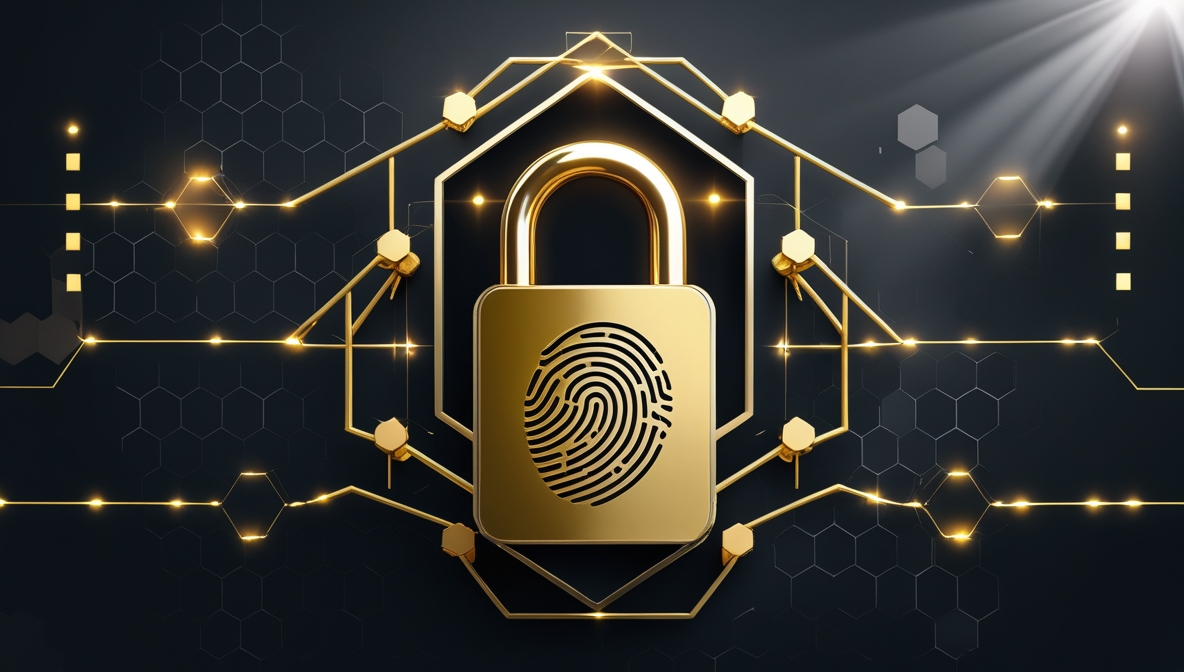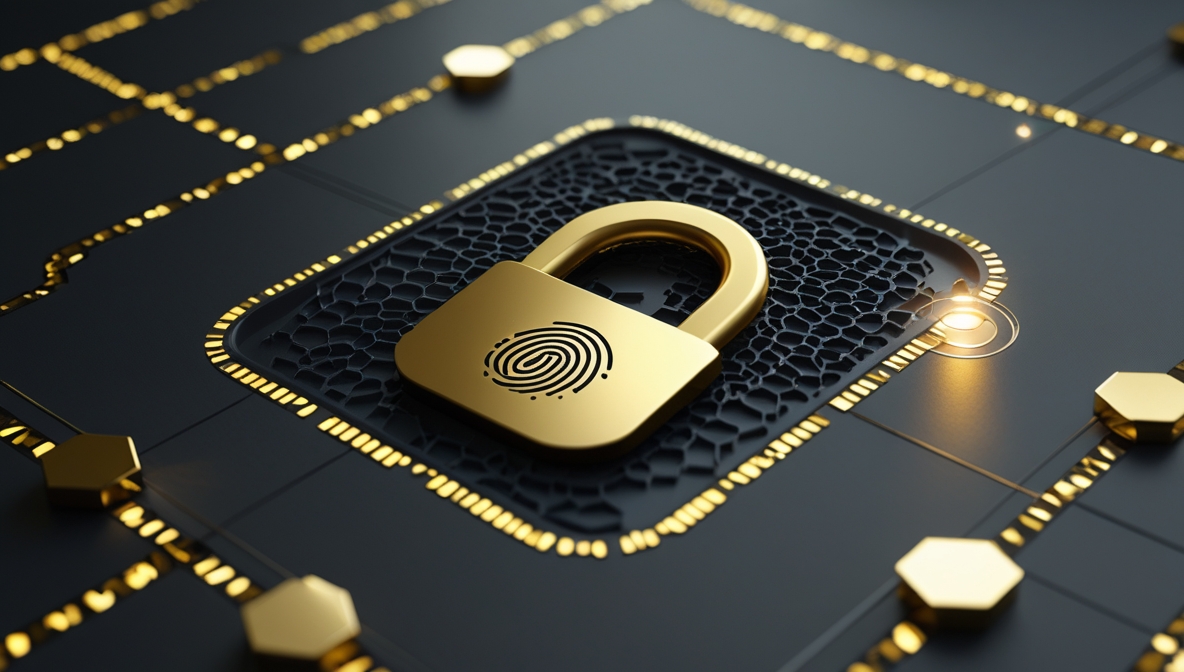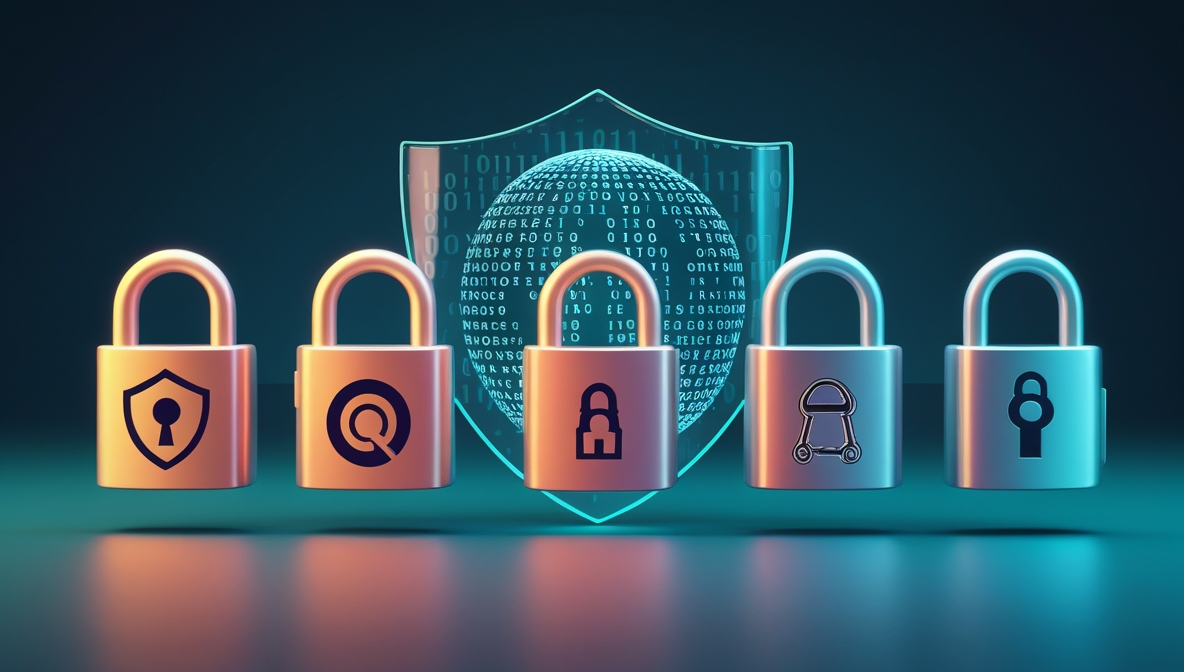In an increasingly digital world, biometric authentication has emerged as a revolutionary method to verify identities and enhance security. While its convenience is unmatched, its adoption also brings critical privacy and security considerations. In this comprehensive guide, we explain how to use biometric authentication securely, ensuring protection without compromising usability.
What is Biometric Authentication?
Biometric authentication is the process of verifying an individual’s identity based on unique biological traits. Common modalities include:
-
Fingerprint recognition
-
Facial recognition
-
Iris scanning
-
Voice recognition
-
Behavioral biometrics (such as keystroke dynamics or gait)
Unlike traditional passwords, biometrics are non-transferable and difficult to replicate, making them an appealing option for high-security applications.
Benefits of Biometric Authentication
When implemented correctly, biometric systems offer numerous benefits:
-
Enhanced security: Biometrics are harder to steal or duplicate than passwords.
-
User convenience: No need to remember complex strings of characters.
-
Faster access: Instant verification reduces bottlenecks in access control.
-
Reduced fraud: Physical traits are unique and cannot be easily shared or lost.
However, these advantages only hold if the system is implemented and used securely.
Top Security Risks in Biometric Authentication
To deploy biometric systems safely, it's crucial to understand the inherent risks:
1. Biometric Data Theft
Unlike passwords, biometric data cannot be changed once compromised. A breach can lead to irreversible identity theft.
2. Spoofing and Deepfake Attacks
Attackers can use synthetic biometrics, like fake fingerprints or manipulated photos, to bypass weak biometric systems.
3. Data Storage Vulnerabilities
Storing biometric templates in centralized servers creates a single point of failure that can be exploited by hackers.
4. Privacy Invasion
Biometric data can reveal sensitive personal information. Unauthorized collection or misuse raises significant ethical and legal concerns.
Best Practices to Use Biometric Authentication Securely

To harness the power of biometrics without compromising security, organizations and individuals must follow proven best practices.
1. Use Multi-Factor Authentication (MFA)
Never rely solely on biometrics. Always combine with another factor such as:
-
Something you know (e.g., PIN or password)
-
Something you have (e.g., a smartphone or token)
This layered approach drastically reduces the risk of unauthorized access.
2. Store Biometric Data Locally (On-Device)
Avoid centralized biometric databases. Instead, store encrypted biometric templates on users’ devices. Modern smartphones like those using Apple's Secure Enclave or Android’s Trusted Execution Environment (TEE) offer secure local storage.
3. Implement Strong Encryption Protocols
Use military-grade encryption (e.g., AES-256) to secure biometric data both in transit and at rest. Employ end-to-end encryption wherever possible to prevent interception or tampering.
4. Regularly Update and Patch Biometric Systems
Ensure your biometric authentication software is always updated. Outdated firmware or software may have exploitable vulnerabilities. Regular security patches must be applied immediately.
5. Conduct Spoof Detection and Liveness Checks
Implement anti-spoofing mechanisms like:
-
3D depth mapping for facial recognition
-
Pulse or heat detection in fingerprint readers
-
Voice modulation analysis in voice recognition systems
These help distinguish real users from fakes and ensure liveness detection.
6. Enforce Strict Access Controls and Logging
Ensure only authorized personnel can access biometric systems. Maintain audit trails of all biometric authentication attempts. Logging can help detect anomalies and unauthorized access attempts.
7. Adhere to Regulatory Compliance and Data Protection Laws
Comply with regional regulations such as:
-
GDPR (General Data Protection Regulation) in the EU
-
BIPA (Biometric Information Privacy Act) in Illinois, USA
-
CCPA (California Consumer Privacy Act)
Always obtain explicit consent before collecting biometric data and inform users about storage, use, and retention policies.
Secure Implementation in Various Industries
Different industries must tailor biometric usage to their specific threats and regulatory landscapes.
Healthcare
-
Secure access to electronic health records (EHRs)
-
Protect patient privacy under HIPAA compliance
-
Use voice recognition for telehealth authentication
Banking and Finance
-
Combine biometric login with transaction PIN
-
Use facial recognition for KYC and account setup
-
Implement behavioral biometrics for fraud detection
Government and Law Enforcement
-
Secure identification in border control and immigration
-
Use iris scans and fingerprints for national ID systems
-
Ensure data is segmented and access is role-based
Corporate and Enterprise Security
-
Control access to sensitive departments and servers
-
Integrate with Zero Trust Architecture
-
Use time-based or location-based biometric access limits
Future Trends in Biometric Authentication
As technology evolves, so do threats and solutions. Key emerging trends include:
Biometric Authentication on Blockchain
Decentralized identity management can store encrypted biometric hashes on blockchain, reducing the risk of centralized breaches.
Behavioral Biometrics
Analyzing patterns like typing speed, mouse movement, and device tilt offers continuous authentication without user friction.
Privacy-Preserving Biometrics
Using techniques like homomorphic encryption and federated learning, biometric systems can function without ever exposing raw data.
Biometric Authentication: What Users Should Know
For individual users, staying secure with biometrics means:
-
Enabling device-level encryption and biometric locks
-
Not sharing biometric-enabled devices
-
Avoiding public Wi-Fi when using biometric apps
-
Disabling biometrics on lost or stolen devices immediately
-
Reviewing app permissions regularly to prevent biometric misuse
Conclusion
Biometric authentication offers powerful advantages in security and convenience—but only when implemented with care. By applying multi-factor authentication, encrypting data, ensuring regulatory compliance, and utilizing spoof detection, we can leverage biometrics without falling prey to their pitfalls.
The key lies in adopting a defense-in-depth strategy that accounts for both technology and human behavior. As cyber threats evolve, so must our methods of securing identity.




